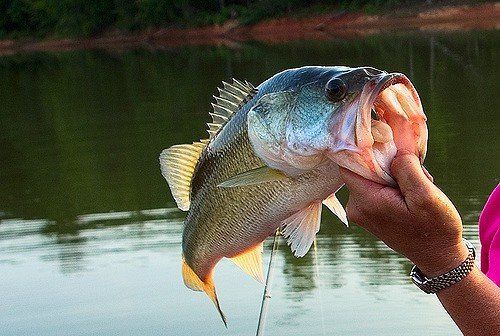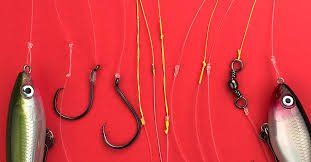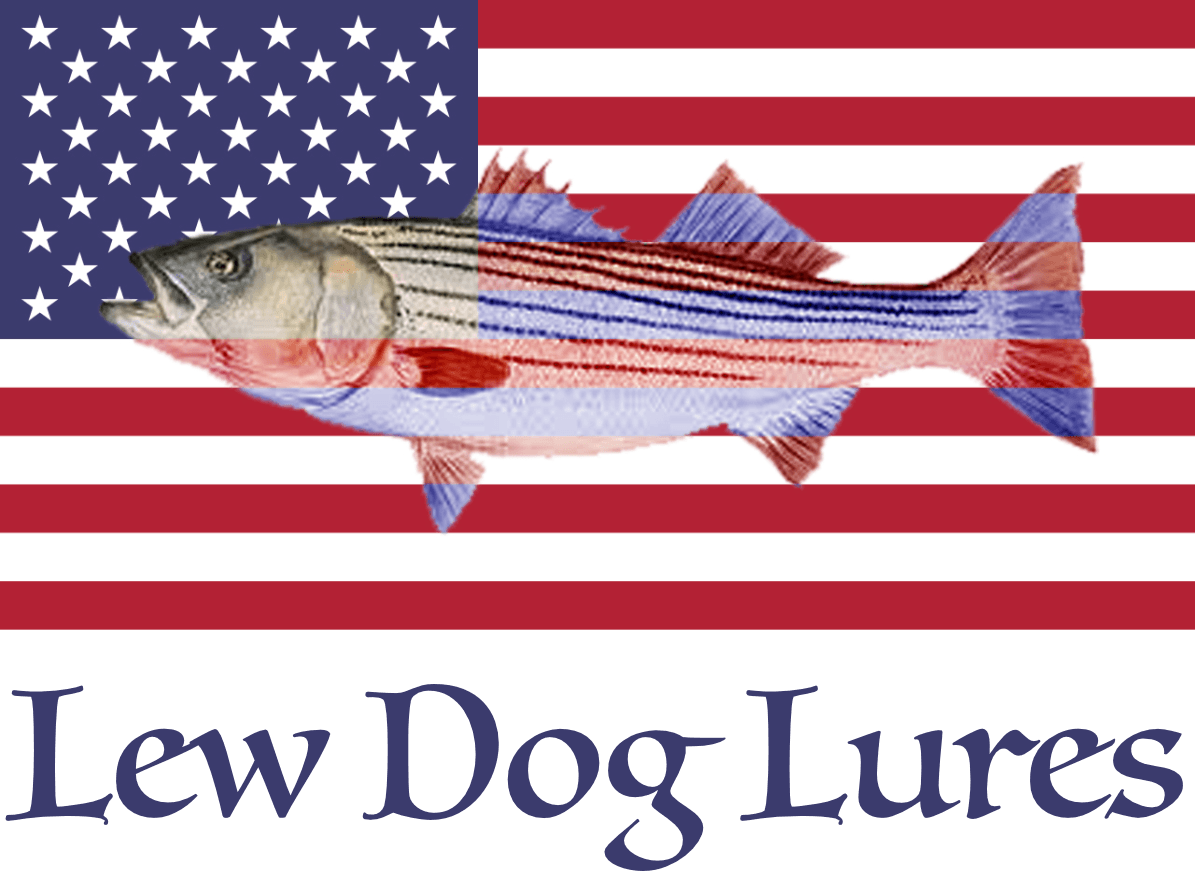How to Fish for Bass?
One of the reasons Bass are North America’s most popular gamefish is they are somewhat easier to catch than other species, primarily because they are so abundant. But just because these fish can be found virtually everywhere does not always mean you will always load the boat on every fishing trip. It is more than just tossing out a bait and hoping there is a hungry bass nearby willing to bite; consistently catching lunkers comes down to proper technique. Below are critical techniques you should master to maximize your performance and success as a bass angler.

Pitching and Flipping
When bass are not all that active and are hiding in thick cover, it’s as if you have to go into stealth mode to catch those shy lunkers. The best methods for getting to shallow-water thick cover, without spooking fish too much, are pitching and flipping. These methods are similar looking techniques, but some occasions require one over the other, especially as it pertains to distance. The key to successful pitching and flipping is practice, a long rod – 6 1/2 to 7 1/2 feet – and the right soft-plastic bait.
Pitching
Pitching is the easier of the two techniques but is not as precise as flipping. Let out enough line so it’s about even with the reel and keep your reel open (button pressed). With your thumb on the reel spool, lower the rod tip towards the water and with your free hand, grab hold of the lure (worm, tube jigs, creatures) and pull on the line to add tension. In one smooth motion let go of the lure while swinging your rod tip up. As the swings away toward your target, remove your thumb from the reel spool. The timing of these steps will take some practice. This combination should slingshot the bait towards your target. Be sure to close the reel as soon as the bait lands because bass often strike quickly.
Flipping
Flipping takes more practice, but once you get a good feel for it, you can optimize your presentation and hit your target location more precisely than pitching. Begin by letting out somewhere between 8 to 15 feet of line and then close your reel. Grab the line between the reel and first rod guide and then extend your arm to the side as you pull on the line. Raise the rod and the bait will now swing towards you. Using a pendulum motion, swing the bait to your desired location while feeding the line through your hand. Tighten up the remaining slack and get ready for a strike. It looks a little awkward, but it’s a great way to get a drop on some shy bass.
Pitching and Flipping
When bass are not all that active and are hiding in thick cover, it’s as if you have to go into stealth mode to catch those shy lunkers. The best methods for getting to shallow-water thick cover, without spooking fish too much, are pitching and flipping. These methods are similar looking techniques, but some occasions require one over the other, especially as it pertains to distance. The key to successful pitching and flipping is practice, a long rod – 6 1/2 to 7 1/2 feet – and the right soft-plastic bait.
7 Bass Lures That You Can Rely On Year Round
- Jig. Football Jigs = Rocks and ledges. ...
- Crankbait. Use tight wobbling crankbaits in cool water and wider wobbling crankbaits in warmer water. ...
- Jerkbait. Use jerkbaits in clear water, cool water, or when bass are actively feeding on baitfish. ...
- Finesse Worm. ...
- Craw. ...
- Swimbait. ...
- Lipless Crankbait.
What time of day is best to catch bass?
The best time of day for bass fishing is either early morning or later in the evening, at times when the sun isn't too bright. Bass will also bite midday if the weather is cloudy or if the water is muddy.
What is Bass favorite food?
Adult largemouth bass prefer to feed on small fish like perch, sunfish, and minnows. However, they are also known to eat crayfish, insects, frogs, and even small aquatic birds. A bass under two inches, known as a “fry,” will do not act as predators but instead feed on zooplankton and insect larvae.
What colors do bass like?
The most fundamental rule is to fish brightly colored baits in dingy or muddy water and light, subtle colors in clear water. The logic here is that a bass' visibility is hampered by silt, and colors like chartreuse, yellow and orange are easier to see than bone, pumpkinseed and smoke.
What month is best for bass fishing?
When it comes to catching bass, every season has its opportunities and challenges. Fishing can come alive in the dead of winter on a mild afternoon, but spring and fall usually present the best action.
What temperature stops bass biting?
Bass can tolerate high and low temperatures pretty well. Cook said he only pays attention to his boat's thermometer when it's very hot — above 85 degrees — or very cold — which to him is anything below 50. But if it's between 55 degrees and 85 degrees, temperature really doesn't affect bass behavior all that much.
Is bass fishing easy?
Fishing for bass is exciting as they are aggressive fish (especially smallmouth bass!) Bass fishing is easy to learn with some practice and patience.
How do you fish for beginners?
How to Fish: Fishing Tips for Beginners
- Match your lure to the water color.
- Choose your lure shapes and sizes that let you "match the hatch."
- Get fishing gear that appropriately size to the fish you're pursuing.
- If you are trolling, make sure your lures are swimming in a lifelike manner.
- Choose your fishing line wisely.
- Fish early, and fish late.
How do you know where to fish for bass?
You can identify key areas of a body of water that might hold fish and start to develop a plan for a day of fishing before you've even hit the water. When looking at lake or river maps online, try to identify points, creeks, ledges and other features where bass like to hang out.
Adult largemouth bass are solitary fish, although occasionally several bass will congregate in areas with abundant food supplies. They are usually the apex predator in their habitat. They will hide between rocks, among water vegetation, or under roots and limbs of sunken trees, striking at their prey from the shadows. Bass prefer quiet, calm, and warm water but are very adaptable to other conditions. They are found in rivers, lakes, ponds, reservoirs, and steams.
Adult largemouth bass prefer to feed on small fish like perch, sunfish, and minnows. However, they are also known to eat crayfish, insects, frogs, and even small aquatic birds. A bass under two inches, known as a “fry,” will do not act as predators but instead feed on zooplankton and insect larvae.
We are avid fisherman attempting to make the most realistic lures around. We decided the best way to accomplish this would be to attach a picture of a real fish to lures we love to use.
Pan Fried Largemouth Bass with Lemon Garlic Herb Butter Sauce
4 large mouth bass fillets, skin removed
Salt
Pepper
1 cup flour
4 tablespoons unsalted butter
1 tablespoon garlic, sliced thin
1/4 cup mild fresh herbs such as basil, parsley, chervil, oregano
2 tablespoons fresh lemon juice
Directions
1. Season the fillets with salt and pepper. Heat a saute pan on top of the grill. When the pan is hot add 2 tablespoons of the olive oil and heat. Dredge the bass fillets in the flour and shake off any excess. Place the fillets in the pan and pan fry about 3 minutes per side, until golden brown. Remove the fish from the pan. Add the rest of the butter to the pan and melt. When the butter is hot, add the sliced garlic. Fry the garlic until it just begins to turn light golden brown. Add the herbs and remove from the heat. Carefully, add the lemon juice. Season with salt and pepper. To serve, place a fillet on a plate and spoon some of the lemon garlic herb butter over the fish.
My favorite Striped Bass Recipe
I have found the following recipe the best to show off the flavor of Striped Bass and it is very easy to prepare.
Preheat the oven to 350 degrees
Cut several striped bass filets into serving size portions. Be sure to remove any remaining bones and cut away the dark meat in the center of the lateral line which is the blood line. The dark meat has a very strong fishy flavor and most people remove it.
Take a glass or metal baking pan and place the filets into the pan. Add a ¼” of milk to the bottom of the pan.
Cover the filets with a coat of mayonnaise on the top (a little heavier than what you would put on a sandwich).
Take a microwave safe bowl and melt 1 stick of butter.
Crush up one sleeve of Ritz crackers into a bowl and pour the melted butter on top of the Ritz crackers. Stir or toss to coat the crackers with the melted butter.
Once the butter and the Ritz crackers are mixed together spread the mix on top of the mayonnaise covered filets.
Cover the pan with tin foil and cook for 35 to 40 minutes, or until the fish is white and flaky and easy to separate.
Depending on the thickness of the filet the cooking time will vary.
Remove the foil for the last 5 minutes of cooking time.
Check the filet to an internal temperature of 140-145 degrees. I can usually tell a filet is cooked when I insert the fork into the filet and twist to see if it flakes easily.
Serve on a dish with lemon wedges and a nice glass of wine.
Checkout our sale on Lures -
www.lewdoglures.com

